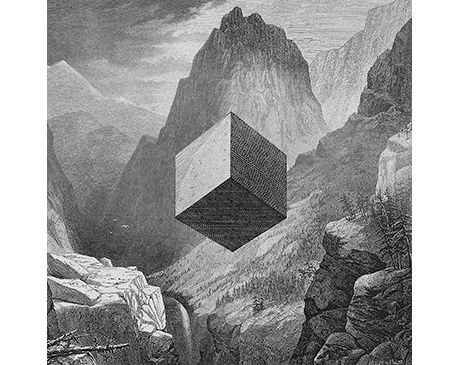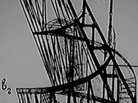Jakub Woynarowski „Nigredo” — wystawę można oglądać do 16 czerwca
„Lubię myśleć o procesie pisania historii sztuki jako efekcie kontrolowanej paranoi” powie w jednym z wywiadów Kuba Woynarowski — czciciel Czarnego kwadratu K. Malewicza, archeolog blogosfery, wielbiciel teorii spiskowych. Swoją złodziejską strategię buduje w oparciu o znalezione obiekty, które wkłada w nowe konteksty. Pozwalając sobie na drobne manipulacje przepisuje klasyczną historię sztuki. Zgrabnie lawiruje na granicy prawdy i oszustwa. Sięgając po legendarne dzieła zarysowuje zaskakujące konfiguracje wpływów, spektakularnie przemieszcza centra i peryferia.
Woynarowski zainteresowany jest ekscesem, wszelkimi odejściami od normy, zjawiskami nie mieszczącymi się w kanonie wiedzy. Inspirowany symboliką alchemiczną tropi procesy transmutacji na różnych obszarach. Szczególnie pociąga go faza nigredo, w której następuje przemieszanie wszystkich elementów, ich ostateczne wyczerpanie i destrukcja niezbędna do stworzenia nowej jakości. Zgodnie z jej logiką wycinając i izolując fragmenty dzieł sztuki wybija widza z kolein myślenia o następstwie przyczynowo-skutkowym, automatycznego dopasowania dzieła do danego czasu i przestrzeni.
Szczególną uwagę Woynarowskiego skupiają okresy przejściowe, niestabilne, zawieszone między prądami myślowymi zazębiających się epok. Zanurzając się w odmętach sieci artysta odkrywa na przykład, że w XVI wieku w Norymberdze umiejętności perspektywiczne dochodzą do swojego apogeum i ulegają swoistemu zdziczeniu. Lorenz Stoer, Wenzel Jamnizer i Hans Lecker zamiast scen religijnych albo reprezentacyjnych portretów oddają się geometrycznym przyjemnością. Zgodnie z zasadą horror vacui wypełniają gęsto płaszczyzny kartek hybrydami brył platońskich. W swoich konstruktywistycznych rycinach na zasadzie efektu ufo wyprzedzają myślenie epoki kładąc podwaliny pod założenia XX-wiecznej awangardy. Tym sposobem, odkurzając ich sylwetki i wydobywając z cienia zapomniany prąd estetyczny, Woynarowski nonszalancko przekłada daleko w przeszłość początki nowoczesności z wpisanym w nie poszukiwaniem rytmu i podstawowego budulca kosmosu.
Jak można się spodziewać artysta nie zakłada weryfikacji swojej teorii o nowym porządku dziejów. Jako wytrawny poszukiwacz motywów elitarnych i hermetycznych prezentuje swoją zbieraną przez lata kolekcję reprodukcji i kolaży, pozostawiając ją na pastwę wyobraźni widza. Ku jego uciesze okazuje się, że jak w gabinecie osobliwości wszystkie elementy zawsze łączą się tu w przekonującą całość.
kuratorka: Marta Lisok




